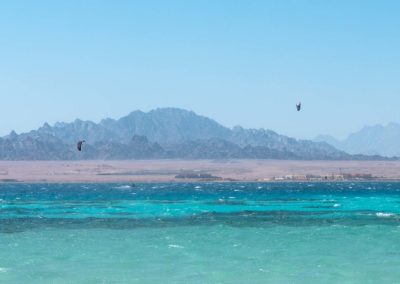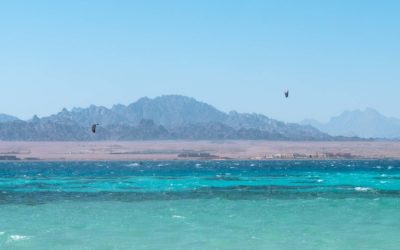HOW TO PREVENT COMMON INJURIES IN KITESURFING AND WINDSURFING
Kitesurfing and windsurfing are thrilling water sports, but they’re not risk-free. Poor posture, skipping warm-ups, improper movements, or beginner mistakes can quickly lead to muscle, joint, or accidental injuries. With a bit of prevention and common sense, you can drastically reduce the risks and enjoy every session safely.
In this article, we’ll break down the most frequent injuries and how to avoid them in both sports.
THE MOST COMMON INJURIES IN KITESURFING AND WINDSURFING
1. Muscle and Joint Injuries
- Lower back pain – caused by poor posture or weak back muscles
- Shoulder and elbow tendinitis – often from repetitive motion or poor gear setup
- Ankle and knee sprains or tears – common during hard landings or bad falls
2. Direct Impact Injuries
- Hitting the board or mast
- Cuts from fins or foil wings
High-speed impacts on the water, especially in kitesurfing crashes
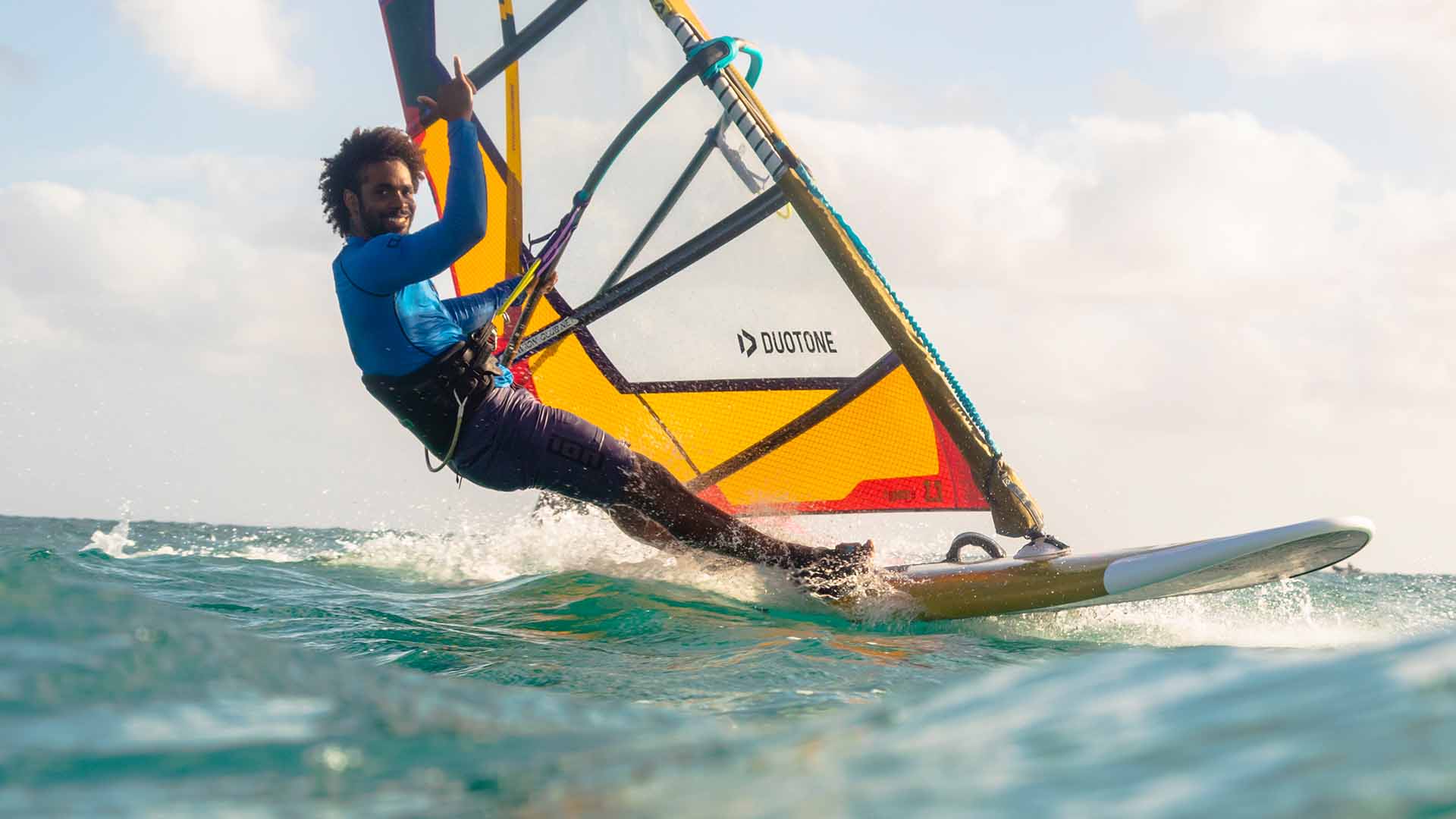
HOW TO PREVENT INJURIES WHILE KITESURFING AND WINDSURFING
1. Always Warm Up
Warming up is essential. It prepares your body for action, improves circulation, and significantly lowers injury risk.
Quick warm-up example:
- 5–10 minutes of light cardio
- Dynamic stretches (shoulders, hips, legs)
- Joint mobility exercises (wrists, ankles, knees)
Pro tip: Do a few practice moves on the beach to activate your muscles before hitting the water.
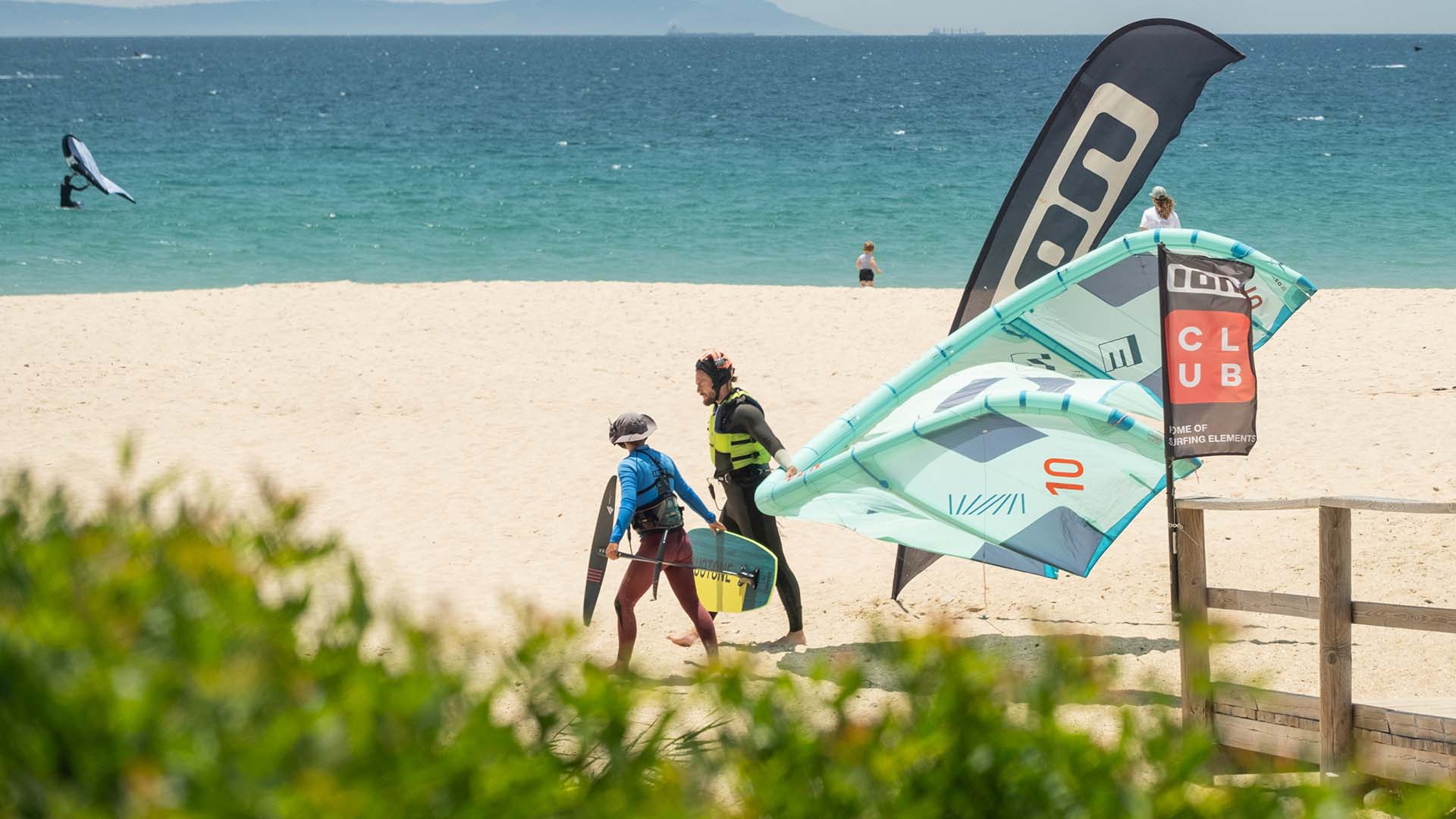
2. Improve Your Posture and Footwork
Proper body alignment prevents a lot of pain, especially in the lower back and knees.
- In kitesurfing: Keep your back straight and avoid arching. Use the harness to distribute the kite’s pull and protect your spine. ION harnesses include adjustable back pads tailored to your body shape.
- In windsurfing: Slightly bend your knees and engage your hips to absorb impact. This prevents excessive strain on your lower back.
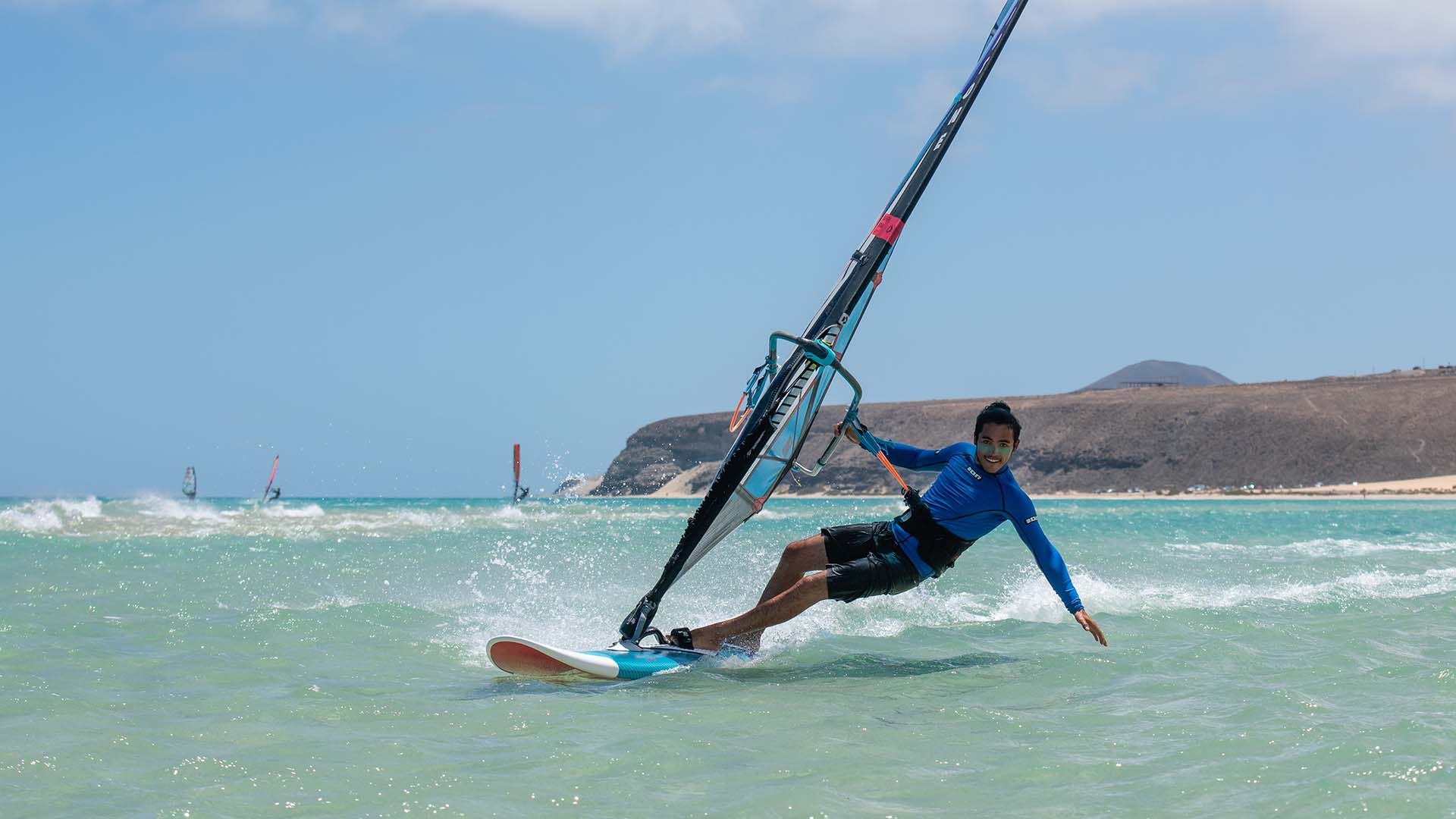
3. Use the Right Gear
Inappropriate gear can quickly become a source of injury.
- For kitesurfing: Always choose a kite suitable for your level and the wind conditions. A kite that’s too large in strong wind can lead to dangerous falls.
- For windsurfing: Adjust boom height and sail tension to reduce strain on shoulders and arms.
Always check your gear before every session: lines, fins, harness… everything should be in good condition to ensure your safety.
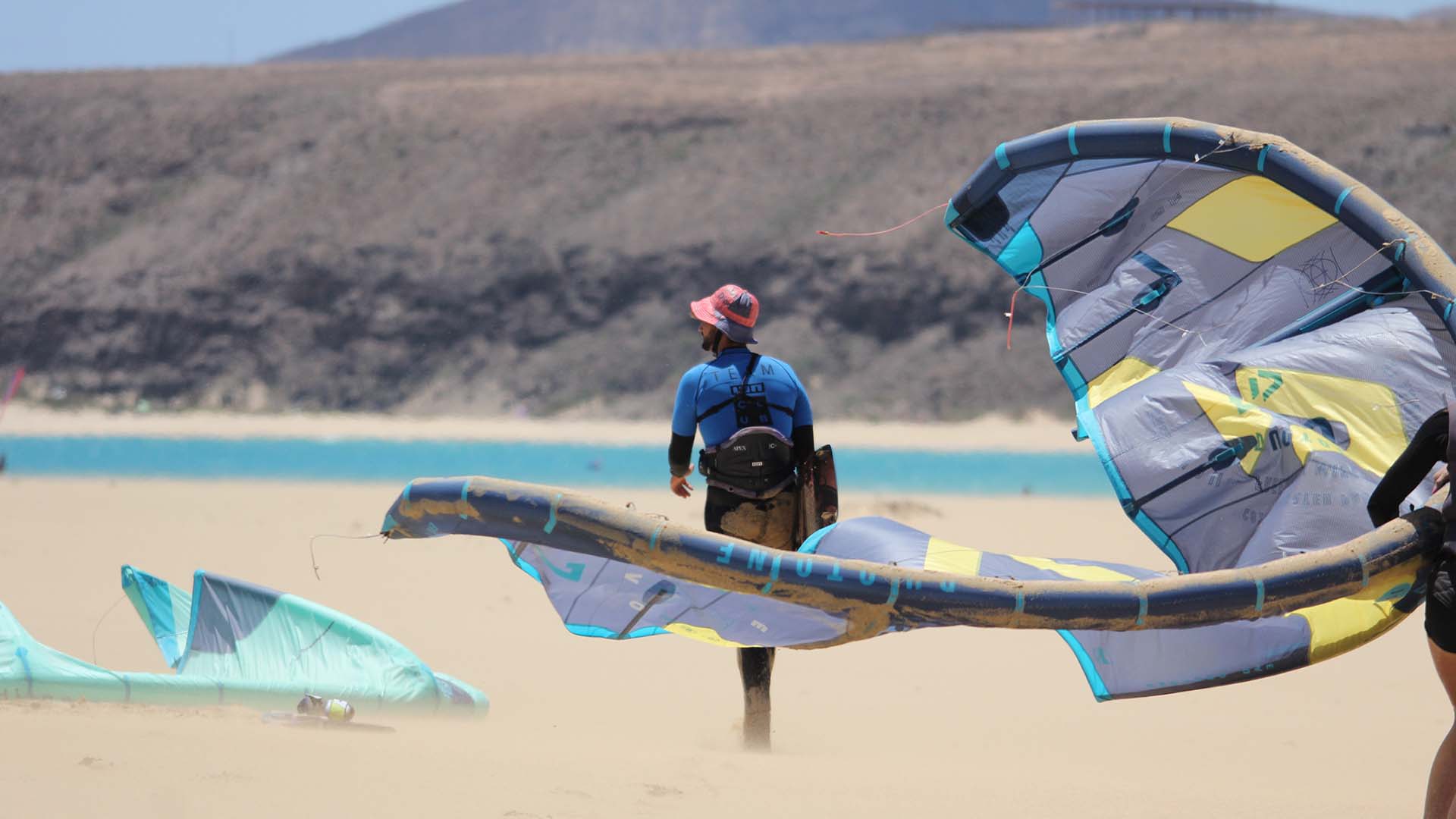
4. Build Strength Off the Water
Strong muscles help prevent injuries. Focus on your core, legs, and shoulders.
Useful exercises:
- Planks for core strength
- Squats and lunges for leg stability
- Push-ups and pull-ups for upper body support
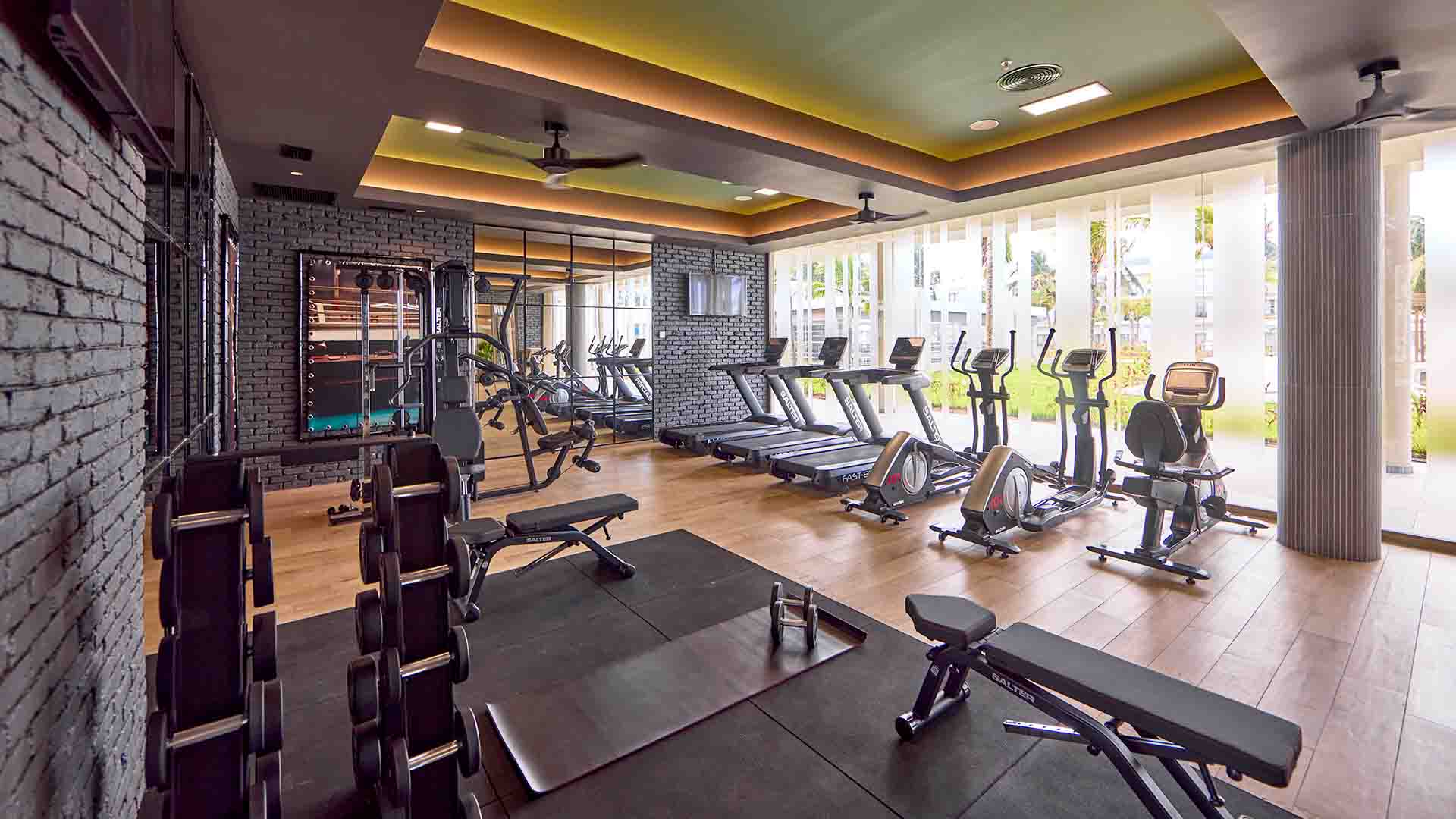
5. Learn How to Fall
Knowing how to crash properly can make all the difference.
- Avoid extending your arms or legs
- Stay relaxed and aim to roll into the water
- In foil crashes, disconnect from the board quickly to avoid hitting the foil
In kitesurfing: Let go of the bar as soon as you lose control to depower the kite.
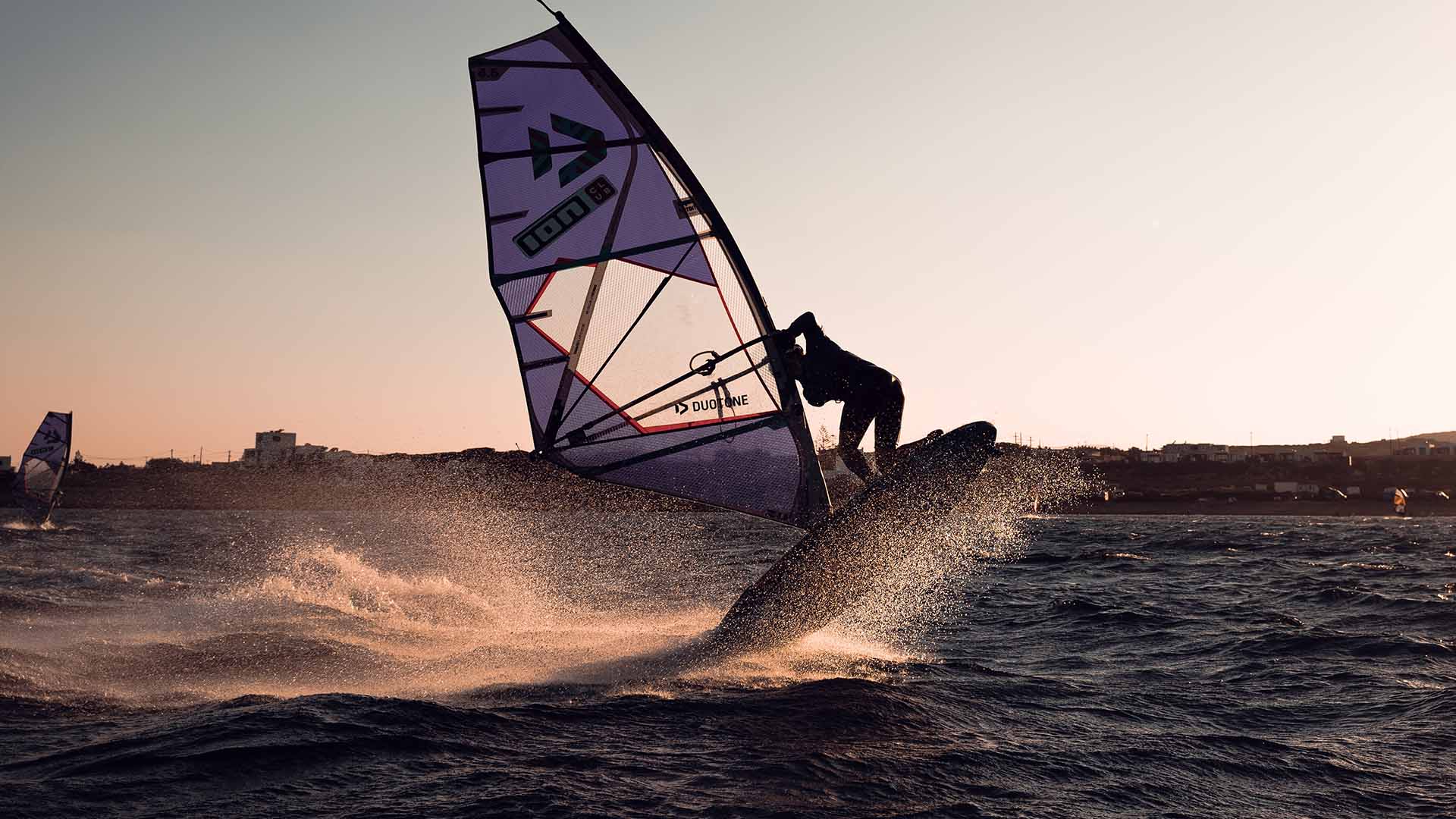
INJURY PREVENTION FOCUS: TARGETED ADVICE
1. Protect Your Knees and Ankles
Sprains are common, especially in kitesurfing during landings or failed transitions.
How to avoid them:
- Strengthen your balance and footing
- Avoid aggressive rotations or advanced tricks before you’re ready
2. Take Care of Your Back
Back pain is extremely common among riders, usually due to poor posture or weak core muscles.
Prevention tips:
- Use a properly fitted waist harness in kitesurfing to ease lumbar pressure
- Alternate long sessions with breaks to avoid prolonged muscle strain
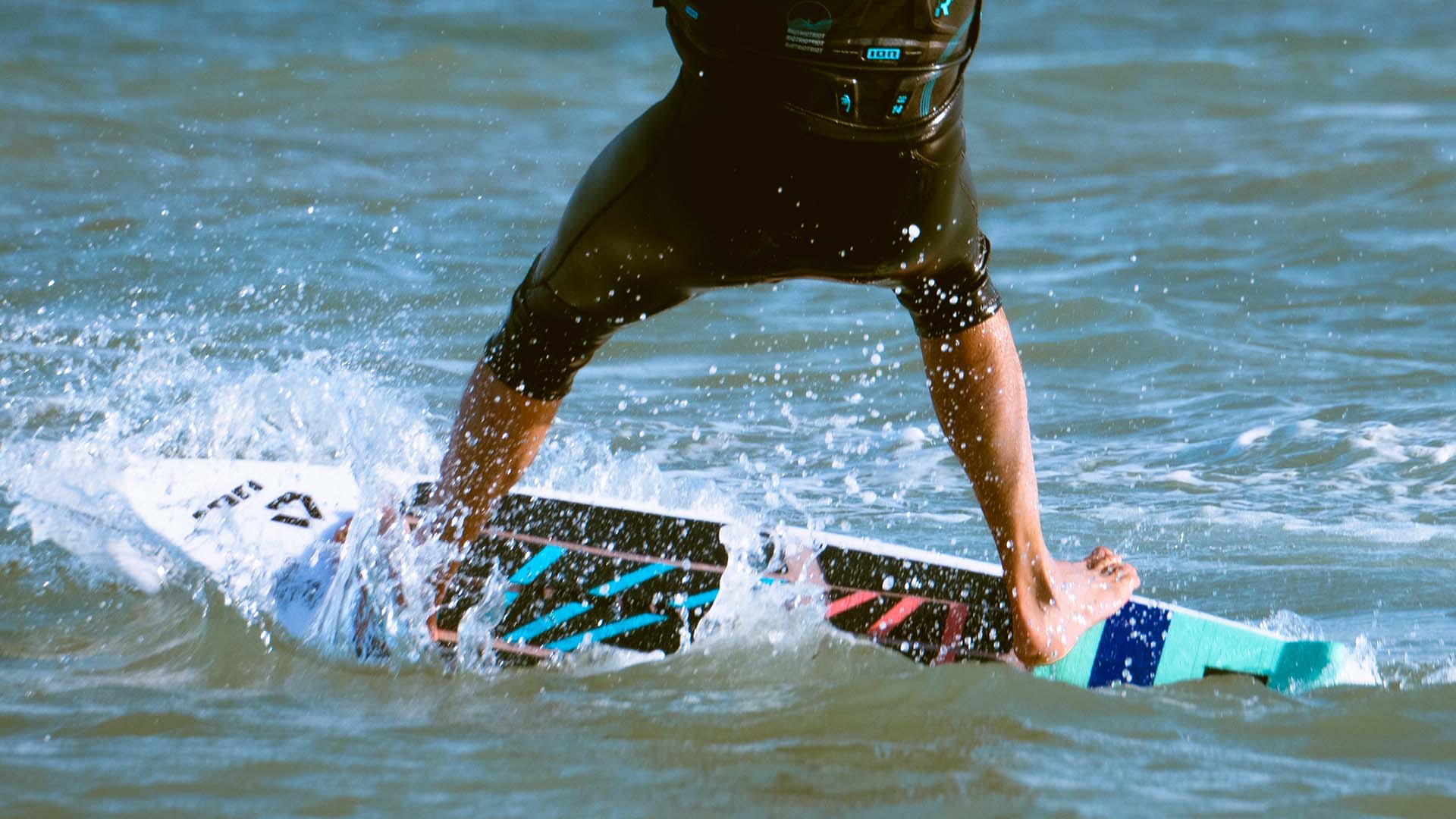
WHERE TO RIDE SAFELY WITH ION CLUB
ION CLUB centers are located on world-class spots known for safe conditions and professional coaching. Here are some top destinations to learn and progress without unnecessary risks:
1. Safaga, Égypte
Flat water and consistent wind make it a perfect place to progress in peace of mind.
2.Le Morne, Mauritius
A protected lagoon offers a safe and scenic environment, even for beginners.
3. Fuerteventura, Spain
Calm morning waters and reliable winds are perfect for technical practice.
FINAL TIPS TO STAY INJURY-FREE ON THE WATER
- Listen to your body: Stop immediately if something feels wrong
- Don’t skip recovery: Stretch after each session and stay hydrated
- Get coaching: A trained eye can spot your bad habits and help you correct them
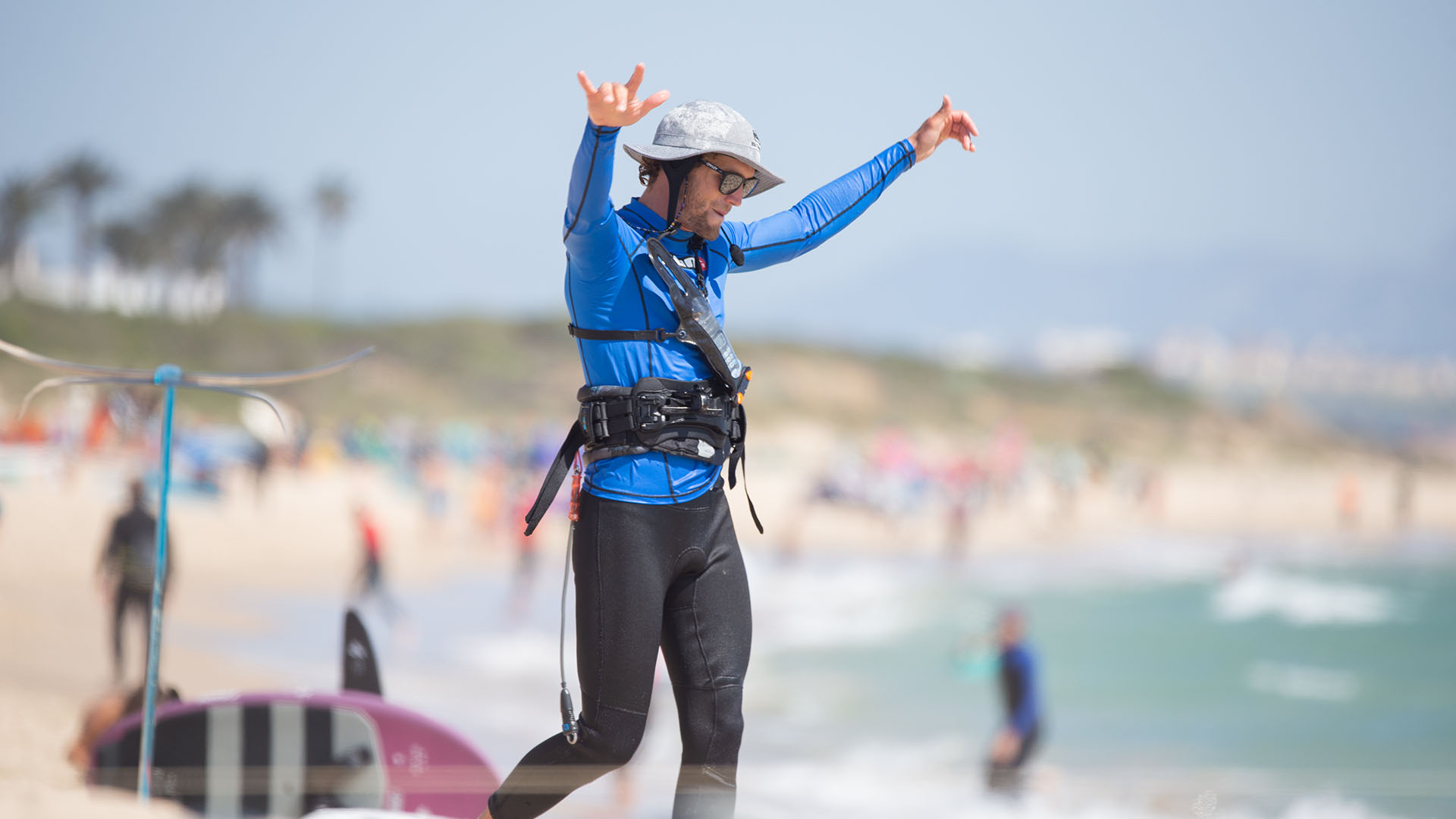
By following these tips, you can make the most of every session safely. With ION CLUB’s experienced instructors by your side, you’re in good hands to progress confidently.
So… ready to ride safe and smart?
WHICH WINDSURFING EQUIPMENT SHOULD YOU CHOOSE AS A BEGINNER? OUR PRACTICAL TIPS
WHICH WINDSURFING EQUIPMENT SHOULD YOU CHOOSE AS A BEGINNER? OUR PRACTICAL TIPSWindsurfing is an accessible and incredibly fun watersport, but to get started and progress quickly, it’s essential to choose the right equipment. An unsuitable board or an oversized sail...
ION CLUB CELEBRATES ITS 40th ANNIVERSARY AROUND THE WORLD
40 YEARS OF RIDING, PASSION AND SHARING THE JOURNEY WITH YOUA Worldwide Celebration and a United Community For 40 years, ION CLUB has been shaping its story around a shared passion: watersports. Born from a bold dream: four windsurf boards packed into a Renault 4 by...
SAFAGA – WHAT RIDERS REALLY SAY
SAFAGA – WHAT RIDERS REALLY SAYSafaga is one of Egypt’s rising kite destinations – ideal for those looking for consistent wind, flat water, and a laid-back atmosphere. It’s not overcrowded, yet fully equipped with pro-level gear and instructors. But what do the riders...

